The Prophetic Hijrah: An Icon of Change, Reset, and Reconstruction: Lessons and Aspirations
The Prophetic Hijrah is not merely a historical event studied in books of the Prophet’s biography; it is an enduring icon symbolizing change and reconstruction on all levels: individual, social, and civilizational. It marks the moment when Islam transformed from a besieged call in Makkah into a global civilizational project in Madinah. The Hijrah is an ever-renewing school that teaches us how to create change in the darkest of times and how to build a new future when all doors seem closed.
In Makkah, Muslims endured years of persecution and relentless oppression. The Prophet ﷺ and his companions suffered the harshest forms of physical and psychological harm. An ordinary person might have given in to despair or thoughts of revenge. But the Hijrah opened a different horizon: one of strategic patience and deep planning. The Hijrah was, first, an internal migration of the soul: believers migrated from fear to certainty, from weakness to determination. Only then were they commanded to migrate physically.
Allah the Almighty says:
“Indeed, those who have believed and emigrated and fought with their wealth and lives in the cause of Allah, and those who gave shelter and aided – they are allies of one another.”
(Surah Al-Anfal: 72).
This verse emphasizes that the Hijrah was not just a geographical movement but a comprehensive faith-driven and striving project to establish the truth.
The scenes of the Hijrah are full of lessons and profound meanings. Consider, for example, the Prophet’s ﷺ stance when he stood at the outskirts of Makkah with his heart attached to the most beloved land to Allah, saying: “By Allah, you are the best and most beloved land of Allah to me. Had your people not driven me out, I would never have left you.” (Narrated by Al-Tirmidhi) This shows sincere love for one’s homeland, yet it is love that does not prevent seeking change when all avenues of reform are blocked. This moment teaches us that change often requires leaving the familiar and sacrificing what is dear, but it opens doors to broader horizons.
The meticulous planning of the Prophet ﷺ for the Hijrah is an unparalleled model of precision and awareness. As narrated by Aisha (may Allah be pleased with her) in the story of the cave, recorded by Al-Bukhari: “So I and Abu Bakr spent the night with the Prophet ﷺ that night, until a third of the night had passed, and then the Messenger of Allah came and said: ‘Permission has been granted to me to leave.” Here lies a profound lesson: true faith does not contradict taking material means; rather, true reliance on Allah combines trust in Him with perfect planning and action.
In Madinah, the Prophet’s first acts focused on reconstructing society on new foundations. He drafted the Constitution of Madinah, recorded by Ibn Hisham in As-Sirah An-Nabawiyyah, the first charter to regulate relations between Muslims and others, guaranteeing coexistence, rights, and duties with clarity and justice. For example, the document included: “The believers shall not leave anyone among them burdened by debts without helping him in a fair manner to pay the ransom or blood money.” This reflects the spirit of solidarity and collective responsibility established by the Prophet ﷺ.
The Prophet ﷺ also established bonds of brotherhood between the Muhajirun (emigrants) and the Ansar (helpers), turning economic and social challenges into an opportunity for compassion and mutual support. Anas (may Allah be pleased with him) narrated: “The Messenger of Allah ﷺ established brotherhood between Abdur-Rahman ibn Awf and Sa’d ibn Ar-Rabi’. Sa’d said to Abdur-Rahman: ‘I am the richest among the Ansar; I will divide my wealth with you, and I have two wives; look at them, and whichever you prefer, I will divorce her for you.’” (Narrated by Al-Bukhari) This spirit of brotherhood dissolved material and social differences in the crucible of faith. Notably, the Prophet ﷺ did not occupy himself in Madinah with taking revenge against those who persecuted him in Makkah; rather, he focused on building a strong and stable society uniting hearts around shared values and interests. The Hijrah was thus a practical declaration that true change begins within: by changing concepts and values before changing locations or positions.
When we reflect on the Hijrah as an icon of civilizational reconstruction, we see that its impact extended beyond the Arabian Peninsula. Ibn Kathir notes in Al-Bidayah wa An-Nihayah that after the Hijrah, the Prophet “transferred the call from a phase of weakness to a phase of empowerment,” laying the foundation for a state capable of protecting and spreading the message with wisdom.
Today, we desperately need to draw inspiration from the spirit of the Hijrah in our individual and collective realities. How many hearts need to migrate from attachment to worldly matters to devotion to Allah? How many societies need to migrate from division to unity, from corruption to reform? The Hijrah’s spirit teaches us that change is a universal law essential for life’s vitality, and that surrendering to negative realities kills the soul and extinguishes ambition.
The Hijrah also teaches us the value of hope. After long years of hardship in Makkah, the Hijrah opened the doors of victory and empowerment. Allah says:
“If you do not aid him – Allah has already aided him when those who disbelieved had driven him out as one of two, when they were in the cave and he said to his companion, ‘Do not grieve; indeed, Allah is with us.’” (Surah At-Tawbah: 40).
This divine law repeats itself in the lives of individuals and nations: the night of trial may seem long, but the dawn of relief inevitably comes to those who are patient, plan, and strive.
Last but not least, the Hijrah remains an eternal lesson for generations, reminding us at the start of each new Hijri year that change is not a luxury or an optional path, but a necessity for the revival and renewal of the Ummah’s spirit. Will, faith, and awareness are the true foundations of any genuine reconstruction.
About the author:
Hamoud Yahya Ahmed Mohsen,Assistant Professor of Literature at the Department of English Language and Literature,AbdulHamid AbuSulayman Kulliyyah of Islamic Revealed Knowledge and Human Sciences,International Islamic University Malaysia (IIUM).
Disclaimer
The views expressed in this article are the author’s own and do not necessarily mirror Islamonweb’s editorial stance.

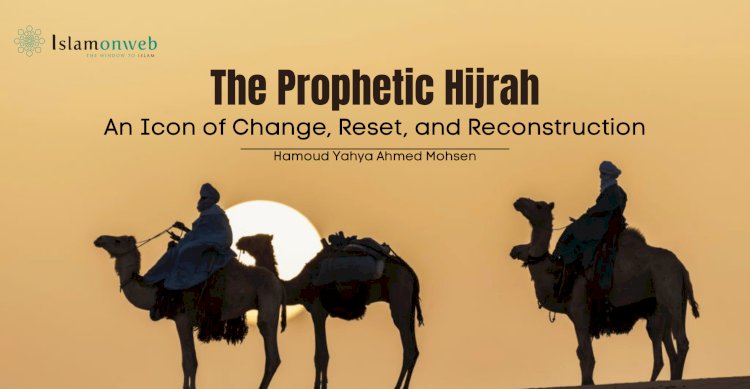


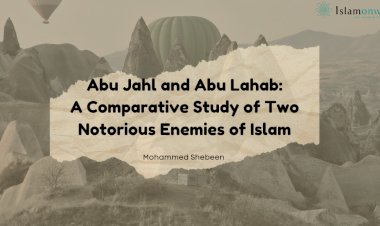
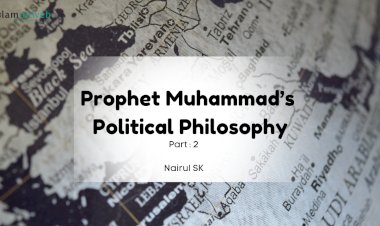
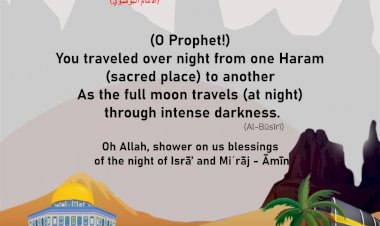
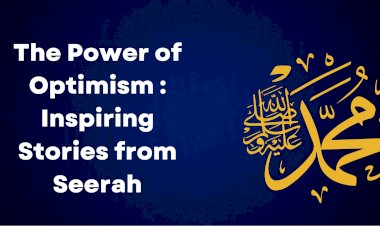
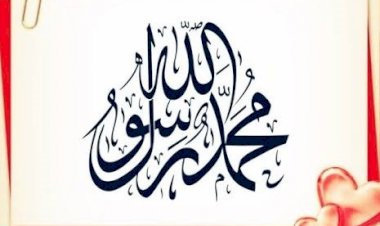
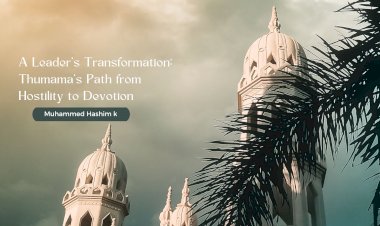










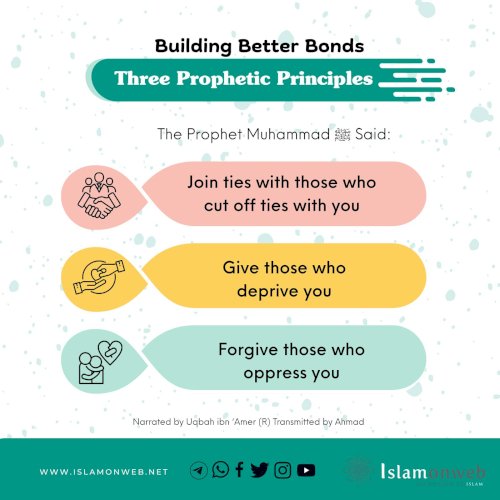

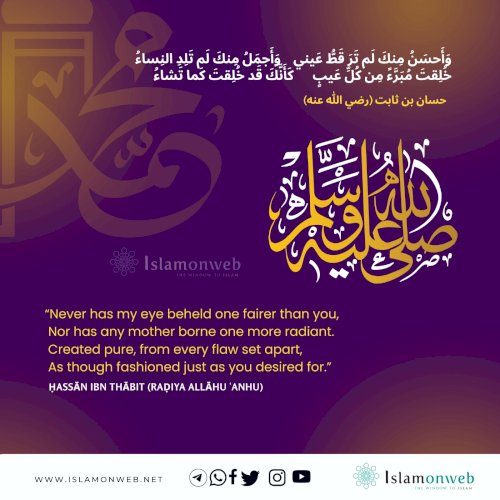
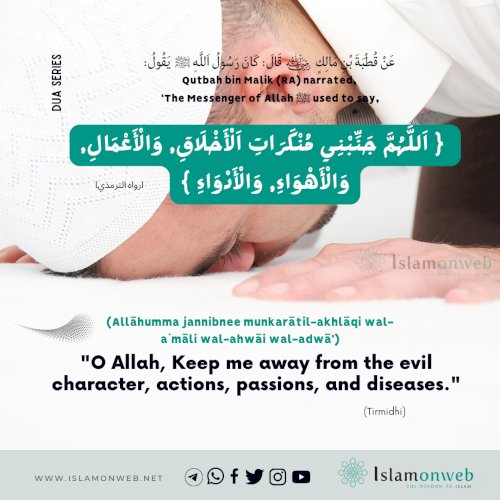
Leave A Comment